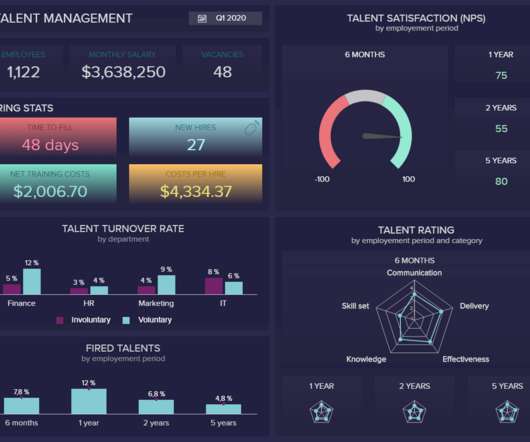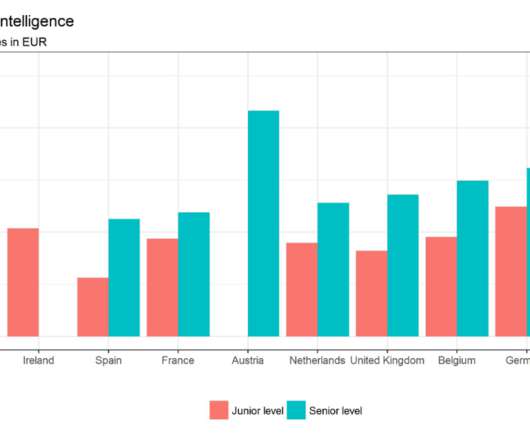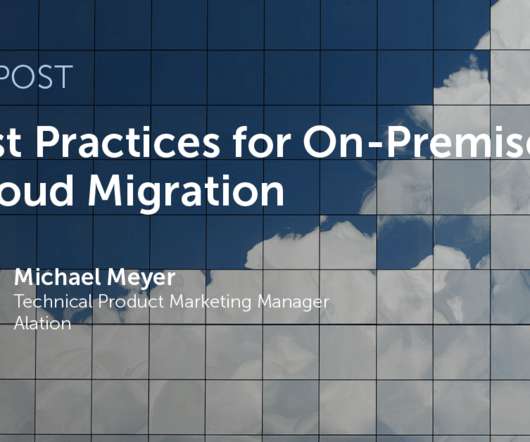4 steps to connect change management and DevOps
CIO Business Intelligence
NOVEMBER 13, 2023
In practice, this may involve implementing a change tracking system that captures all change requests and their associated details, such as the reason for the change, potential risks, and expected outcomes. Use metrics and key performance indicators (KPIs) to assess the effectiveness of your change management processes.

























Let's personalize your content